Ethiopia: Land That Time Forgot?
COVID slowed us down for a couple of years, and now a few health issues challenge us. We're still traveling if not writing about it quite so much. Our goal in 2022 was get to all seven continents in one year... and we did it.
Going forward health issues may not allow us to travel. No one can take away those memories though. We hope all of you are well and staying safe... and that you find some inspiration here for YOUR future travels.
You could call Ethiopia the Land that Time Forgot…
There are modern cities... then quickly you're out in the countryside where much of the rural population still tills their field with wooden plows.
Donkeys and goats and cattle are as much a problem on the roads as the trucks and tuk-tuks. (Click on any photo to enlarge and see a slide show.)
But aside from that… you can’t forget about time in Ethiopia… Time is a whole different ballgame there.
Their clock starts at 12 at sunrise (or close to it)… 6 am for the rest of us.
And the calendar…. they are on the Old Coptic Calendar… with 13 months…
…that’s 12 months of 30 days and one month of 5 days.
(With a twist following the Julian calendar... that short month is 6 days if it’s leap year).
So... they are 7 1/2 years behind the rest of the world with their Gregorian Calendar.
(The good news is that tourists don’t really have to concern themselves with any of this… tour guides, hotels and airlines use the normal world clock and calendar.)
That calendar is one reason they have a slogan that says there are 13 Months Of Sunshine.
They are the oldest independent country in Africa.
And there are many “oral traditions” that may or may not be true… they leave historians scratching their heads, but don’t tell any Ethiopians that!
What Is There To See In Ethiopia?
That’s what most people asked when we told them we were going…. but don’t get me started.
There is so much to see that we were there for nearly 3 weeks, and we didn’t even get close to the tribal and wildlife areas of the south.
There is no one photo that shows what to expect in Ethiopia… though the rock hewn Church of St George in Lalibela might be the most recognizable image…
But it isn’t all churches… though the history of Ethiopian Orthodox Christianity is pretty much the history of the country up until recent times.
We even ran across one tourist who said she wasn’t going to Lalibela because she just wasn’t into churches... only tribal areas and animals for her. To each their own.
We’ll tell you where we went. We thought it was a good itinerary for the time we had and our interests.
Addis Ababa
The capital is a big city, and somewhat uninspiring we thought. We
spent one day just to get over jet lag and to start adjusting to the
altitude… Addis is at 2,300 M (7,630 ft) at the airport… and some of it
rises from there.
We also took a day to see some of the historic sites… mostly churches.
Meet The Queen Of Sheba and Menelik I
Our tour guide started teaching us the oral traditions about the Queen of Sheba and King Solomon and Menelik, their son.
The Queen traveled to Jerusalem to meet King Solomon… there are differing stories about how it happened, but there was a dalliance between them.
The Queen gave birth to Menelik after returning to Axum.
Twenty years after his birth, Menelik returned to Jerusalem to meet his father.
On his return to Ethiopia, it was Menelik (or someone in his retinue) that was supposed to have brought the Ark of the Covenant to Axum somewhere around 1000 BC.
By the time you are done with your tour, you’ll start to understand these oral traditions… they’re enough to make your head spin, but it is all very central to the history of their Church.
And Much Further Back, Meet Lucy
We also went to the National Museum where you can see replicas of the skeleton of the hominin Lucy which was found in Ethiopia in 1974.
She was a hominin species called Australopithecus afarensis, and the fossils have been dated to about 3.2 million years ago.
The real bones are hidden away in a specially constructed safe in the Museum.
Bale Mountains - Searching for Endemics
We did want to see the important churches, but we were also interested in the wildlife of Ethiopia… there are many species of animals and plants that are endemic.
The rare and endangered Ethiopian Wolf is one of them, and the Bale Mountains National park is one of the best places to have a chance of seeing them. These wolves are the world's rarest canid... there are only about 300 - 500 of them left.
We flew to the little town of Goba and were met by our driver/guide.
We drove up to the Sanetti Plateau which rolls along at an average elevation of over 4,000 meters (13,123 ft).
It was our lucky day…
About half way across the plateau we came across a wolf trotting right along side the road looking for their favorite food…. giant mole rats.
We dropped over the plateau into a valley that is also part of the Bale Mountain NP… and stayed at the Bale Mountain Lodge.
It was a lovely
setting where we found other endemics… Menelik’s Bushbucks and lots of endemic birds. Mountain Nyala are there too, but we found them in a different part of the park.
We didn’t find the Bale Mountain Monkeys… can’t have it all.
The Great Rift Valley
We drove back to Addis Ababa through the Rift Valley past several lakes and historic sites.
There was even a winery in the this region in a little town called Ziway. Who knew? It was really very good wine. Always fun to make discoveries like this when you don’t expect it… don’t you think?
Lalibela
It may have been the churches of Lalibela that drew us in the first place. You’ve seen the Church of Saint George at the top of the page. We flew to Lalibela from Addis.
There are 11 monolithic rock-hewn churches in this little town. That image of St. George may be the most iconic, but all the other churches were marvels in their own right.
In the 13th century, King Lalibela set out to construct churches that would substitute for a pilgrimage to Jerusalem, so all are full of symbolism if you know what to look for… and your guide will do his best to teach you!
The exact dates of the churches have not been precisely established, but the faithful believe the legend that King Lalibela had them all built in 24 years with the help of angels that worked through the night to help the men that built them.
They are hard to photograph because they ARE carved down into the rock. And because most have coverings to protect them.
All are still pilgrimage sites, so when you visit, you mingle with those pilgrims.
There are passageways deep in the ground and tunnels that connect the various churches… and some of them have symbolism….
...like the high narrow pathway to Heaven (which is closed because too many pilgrims fell off)...
...or the 35 meter (115 ft) long Tunnel to Hell that you pass through in complete darkness… feeling your way with your right hand on a wall and your left hand on the ceiling. It's an interesting experience, and we were glad when we were done!
Pilgrims and Tourists
There are probably more pilgrims than tourists in Lalibela and the other major Christian sites. There are priests with elaborate crosses in every church and chapel for the pilgrims...
...and there are angels and crosses aplenty for tourists to take home.
Bahir Dar and the Blue Nile
Besides the lovely lake-side lodge we stayed in, this area is known for the monasteries on islands in Lake Tana, and as the source of the Blue Nile which is a major tributary to the Nile River.
Monasteries of Lake Tana
It was a one hour boat ride to the Zege Peninsula.
The two monasteries we visited were plain looking from the outside, but the paintings inside were amazing.
All of these monasteries have murals top to bottom that tell Bible stories.
The exact date of the paintings is somewhat ambiguous... the guides will tell you they are from the 14th century...
...but the guidebooks suggest that they are somewhat newer.
Doesn't matter, we still say they are awesome.
The Blue Nile, Waterfalls, Hippos and All
We took an excursion to see the Blue Nile Falls and later in the day a boat ride to where the Lake Tana dumps into the river…. complete with resident hippos.
Gondar - Castles and Angels
A stop in Gondar (also known as Gonder) is important because it was a
capital of Ethiopia after Axum and before Addis Ababa among the several
capitals that the country has had through the centuries.
It is best known for its Royal Enclosure with palaces built by a succession of emperors and empresses.
Simien Mountains National Park
The mountains in this park are the major draw.
Some tours take you there on a day trip from Gondar, but we think you should stay in the park.
There are only a couple of lodges, so this can be a tricky part of your itinerary, but it’s worth it to stay for the views and the wildlife.
We stayed at the fairly new Limalino Lodge. The views are beautiful. Be advised, you get pretty high for all this. The lodge is at about 3000 meters (9800 ft).
From there you can take trips UP into the park to see the Gelada Baboons and the Walia Ibex… both endemic to Ethiopia.
The Geladas are called baboons... or sometimes monkeys. Whichever... they're very social and docile.
They are sometimes called bleeding-heart monkeys because of a red patch on the chest.
You can get right among them for photos and not disturb them...
...though getting a photo of that "red heart" on their chest is problematic because they are constantly either digging for roots or grooming... and therefore hiding that red patch.
The ibex are harder to find. Usually it requires an all day drive to the cliffs at the Chenek campground which is at 3620 Meters (11,222 ft). We expected to be looking UP at Ibex on the cliffs… but no… we were looking DOWN on them.
Axum
Axum goes back to the beginning of all those oral traditions…. I think Axum is best known for the Queen of Sheba, its stelae fields and the Ark of the Covenant.
Axum (or Aksum) was the heart of ancient Ethiopia. The Kingdom of Aksum was a powerful state along with the Roman Empire and Persia.
The Queen of Sheba
They believe the Queen of Sheba was born here.
There is an oral tradition about a serpent/dragon that demanded sacrifices of daughters of the Sabeans…
(Saba was an ancient culture with an ancient language... and maybe where the name Sheba came from.)
A hero from abroad kills the dragon, he is crowned king, and his daughter, Makeda, becomes the Queen of Sheba.
These ruins at the edge of the city are supposed to be her palace.
Stelae - Fields of Obelisks
There are monolithic obelisks in town and surrounding it. The ones by the Queen of Sheba’s Palace may date from as early as 5000 BC.
The largest stelae or obelisks are in town. They date from between the 1st and the 13th century AD. Some of these are carved with fake doors and windows. The tallest standing one is 24 meters tall (79 feet) and weighs 160 tons.
One of the largest obelisks would have been 33 meters high and 530 tons, but it fell and broke. It fell right onto a megalithic tomb called Nefas Mewecha. The capstone of this tomb is 360 tons and is believed to be the second largest stone Aksumites ever used.
The Ark of the Covenant
Remember that earlier we mentioned the Queen of Sheba, King Solomon and Menelik I… and that Menelik was supposed to have brought the Ark of the Covenant to Ethiopia…. to Axum (Aksum).
It is supposed to be guarded at a small chapel next to the St. Mary of Zion Church.
Only one guardian monk is allowed into the chapel. For 3000 years, it is supposed to have been guarded by a succession of these virgin guardian monks (though it has moved a couple of times... and may move again due to a leaky roof). Once appointed they do not step foot outside of the chapel grounds until they die.
No one except these guardian monks has ever seen the Ark of the Covenant (some sources say that even they cannot look upon it). When he dies, he will be replaced with another guardian monk.
Other Palaces And Places of Interest
There are the ruins of other palaces from past kings. And a large pool that is called the Queen of Sheba’s bath.
And nearby both of those sites is a small building that houses the Ezana Stone. King Ezana ruled in the 4th century.
This stela that our guides called the “Ethiopian Rosetta Stone” is written in three languages...
...Ge’ez (an early Ethiopian language still used in church),
...and Sabaean (possibly the language of Sheba and now a dead language)
...and Greek.
Church Processions
At the end of our stay in Axum we woke up early… to witness and participate in a procession from the new St Mary of Zion Church.
At 5 in the morning, pilgrims gather and the priests bring their replica of the Ark of the Covenant out into the square. Then there is a candle light procession around town with the pilgrims answering the priest’s chants. When we ask our guide what the chant was, he said he didn’t know… it was in ancient Ge’ez.
But it was beautiful, and it brought home to us just how faithfully the Ethiopians believe in their religion and history.
A word of explanation here… a caveat if you will…
Our account of the oral traditions of Ethiopia is our understanding as told to us by various guides… and what we got from them was their understanding/interpretation of those oral traditions.
This is the world according to Gitch or Alex or The G Man or even Solomon. (Yes, Solly was one of our guides.) The accounts were all very similar. These are not histories like you may read in academic accounts. (Those disagree with each other and are sometimes confusing too.)
We think when you’re traveling it’s fun to learn from the local guides.
No one knows for sure if the Queen of Sheba ever existed, but the people believe she did. Academicians will tell you that the historic rulers of Ethiopia came from different tribes, and that there is no way that there was an unbroken dynasty from King Solomon to Emperor Haile Selassie…
…but when you’re there, surrounded by people who believe, it’s more fun to believe… and why not? Travel is about being in the moment… so just go with it!
We organized our trip with Brilliant Ethiopia. They had a local phone number that we could call. Our ground handling agency was Boundless Ethiopia Tours. We felt both did a good job for us.
Happy travels... even if you don't travel the world... just remember that life is a journey... embrace and enjoy it! Judy and Mark
Curious about what else we've written about? Search our site for a destination or travel tip.
But... We'd love to have you share this page or comment on it…
Thanks, Judy and Mark
Timely Tips
Summer Vacation
Travel is fun in the Northern summer... but don't neglect the Southern Hemisphere at this time of year.
Yes, it's winter in South Africa, but that's their dry season. It's a good time to travel there.
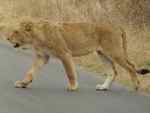
Sometimes you need to watch rain patterns instead of just seasons to figure the best time to travel...
Whether you're taking a road trip close to home or traveling abroad...
Whether it's summer or winter in your part of the world...
the way you pack can make it all more pleasurable.
Check out all our Packing Lists and Tips.
Need travel ideas?
Things to See in Europe
Africa Calls!
Travel In America
Don't just dream about it...
Start making plans!
Custom Tour Planning List
International Travel Planning Tips
Foreign Is Fun - Not Scary!
Get Your Passports and Visas
And Expect Good Things
There Are Tourist Angels
Search
Search MouseToursTravels
Travel questions or destination info?
Find our answers faster...
Translate
We want you to feel comfortable out in the world and on our pages - so surf away in your own language...
Updated Tips & New Travel Stories
-
2022 Travels To All Seven Continents
After COVID, all seven continents in one year was a worthy goal for our 2022 travels.. -
2021 Travels - Another COVID Year?
Our 2021 travels were only domestic. COVID kept us close home. Road trips and a cautious flights but still fun. -
2020 Travels - What Travels?
Our 2020 travels were slim. COVID kept us home too. One trip to the Three Guyanas, but dreaming of travel next year.
Two Ways To Like Us!
Like Our Site Top Left
Like Our Fanpage Below
Thank You!
Navigate Our Site
What We’ve Written On Africa
So Far
African Dream List
African Tented Camps
Botswana Adventure
Collect Passport Stamps In South Africa
Ethiopia
Madagascar
Madagascar's Tsingy
Our Madagascar ItinerarY
Mountain Gorilla Facts
"Our" Silverback Mountain Gorilla
Rwanda Mountain Gorillas
South Africa
Timbuktu or Dogon Country?- Mali
Other Travels Include Africa
2008 Travels
2011 Travels
2013 Travels
2019 Travels
For A Little Humor
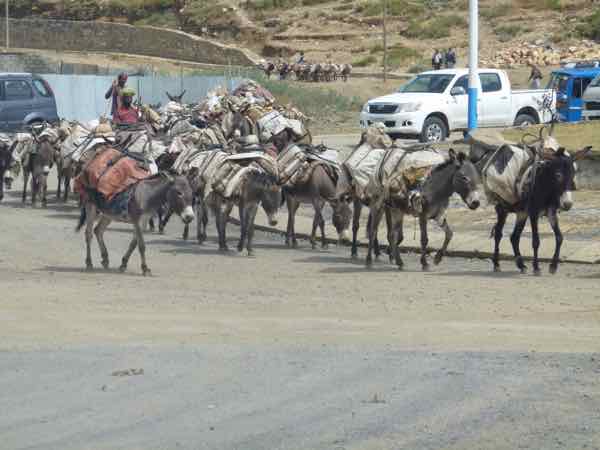
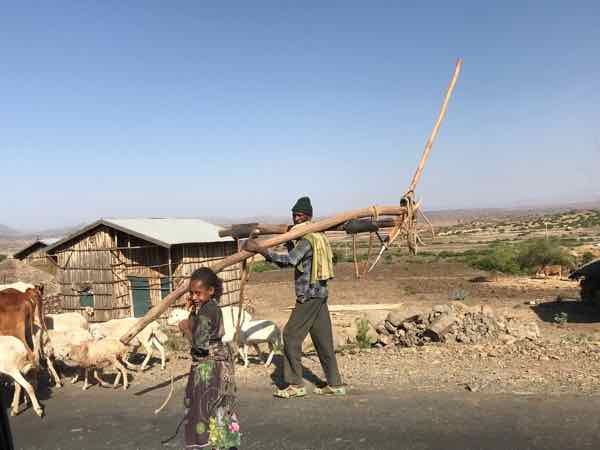
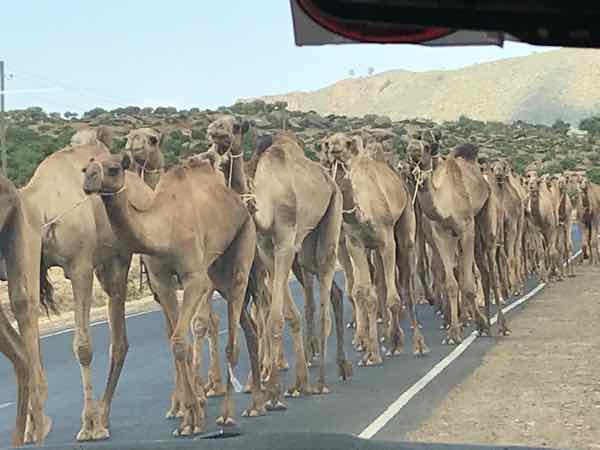
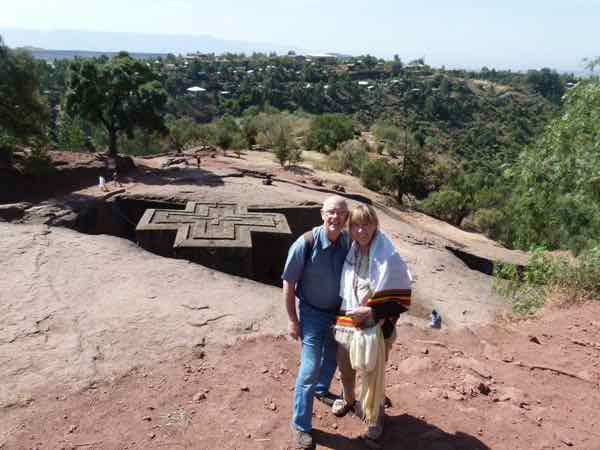
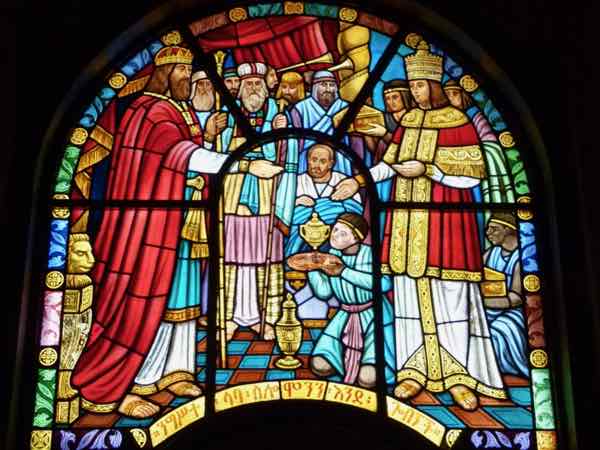
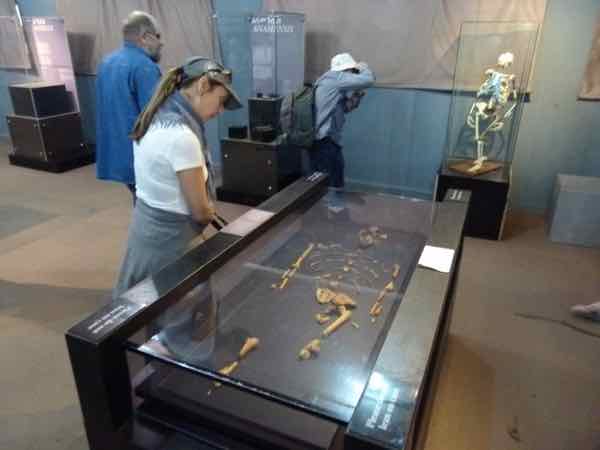


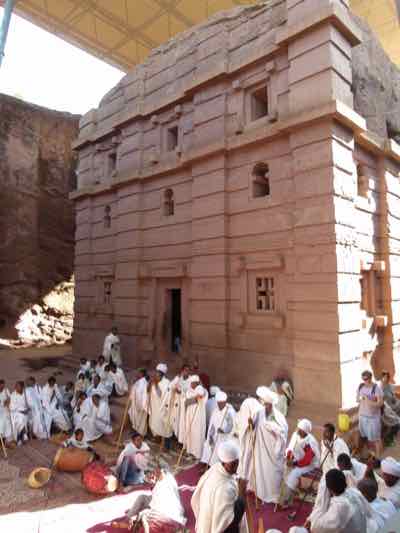
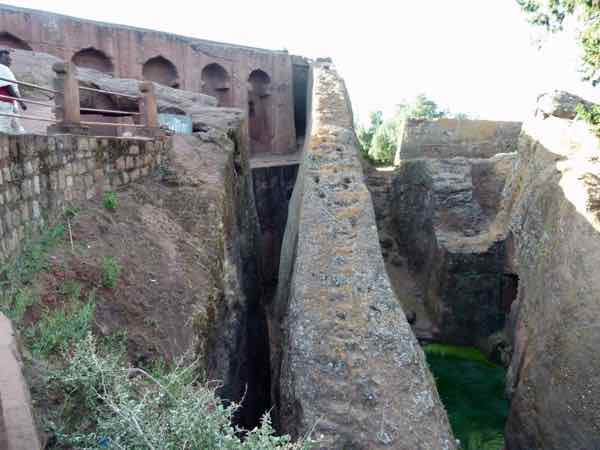
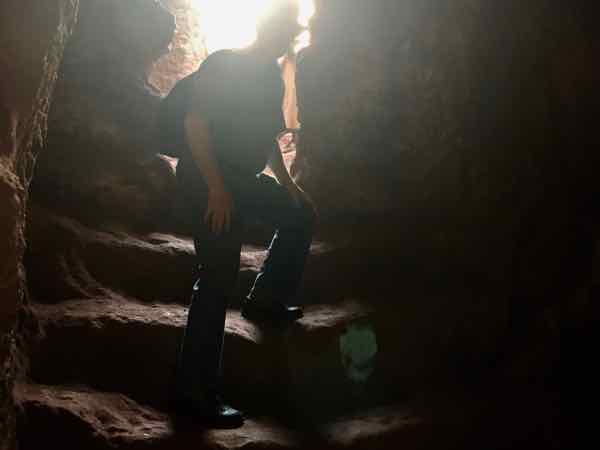
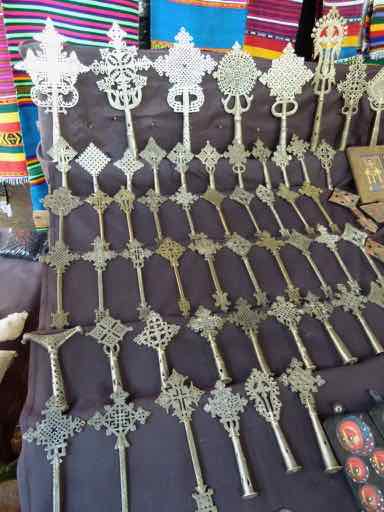
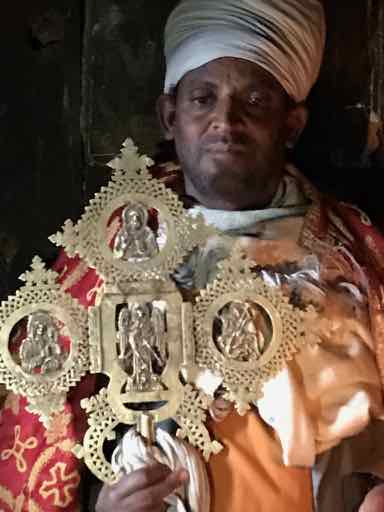
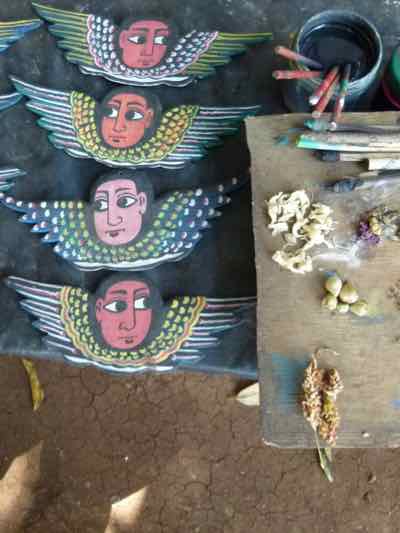
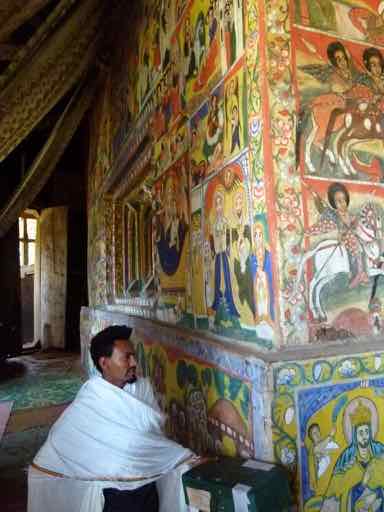
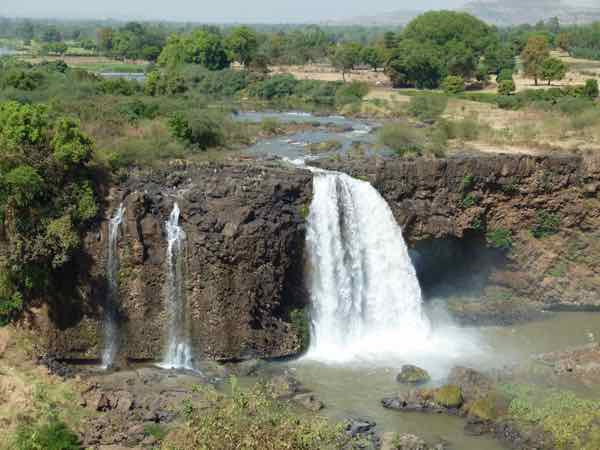
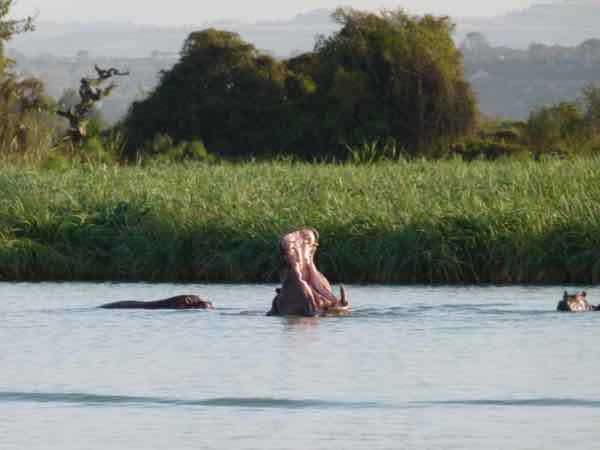
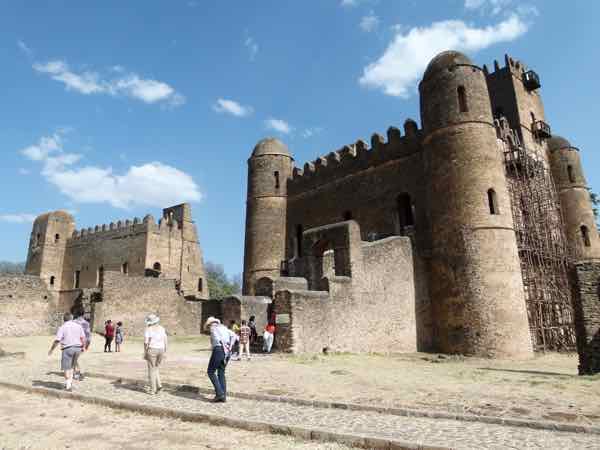
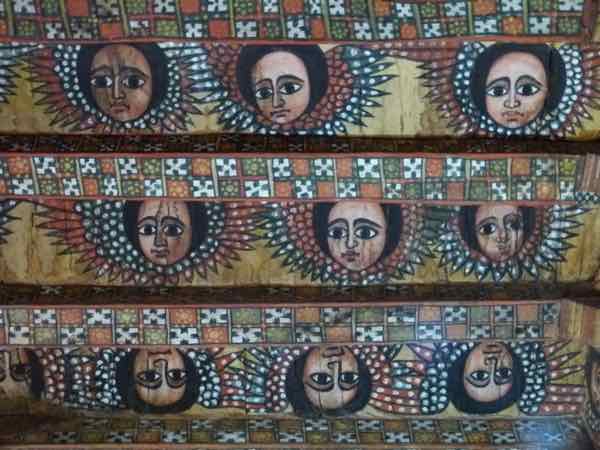
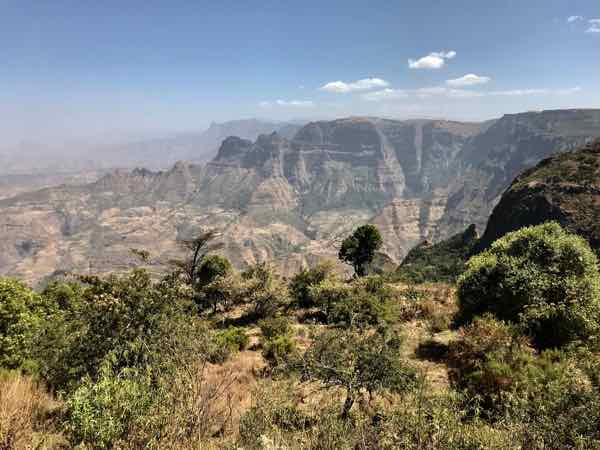

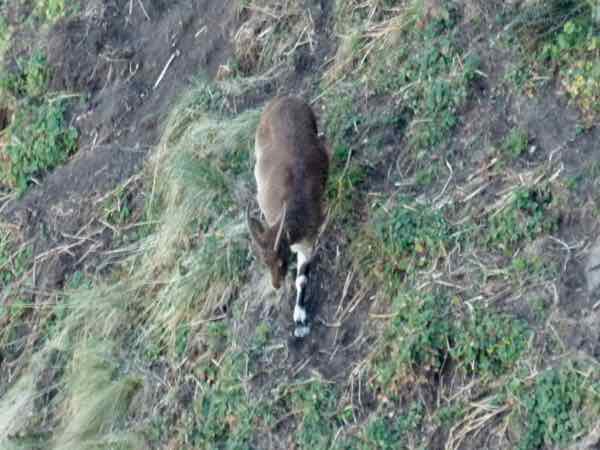
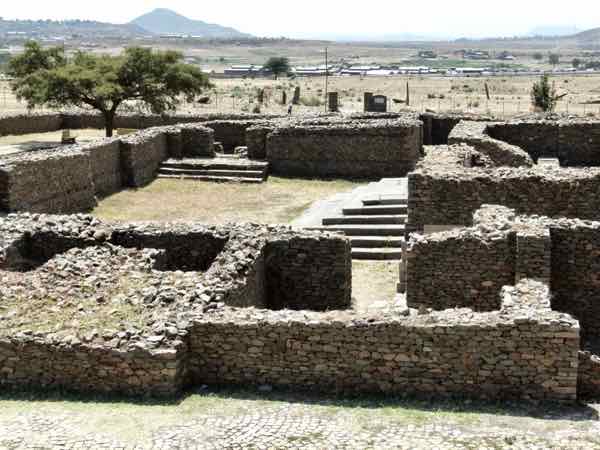
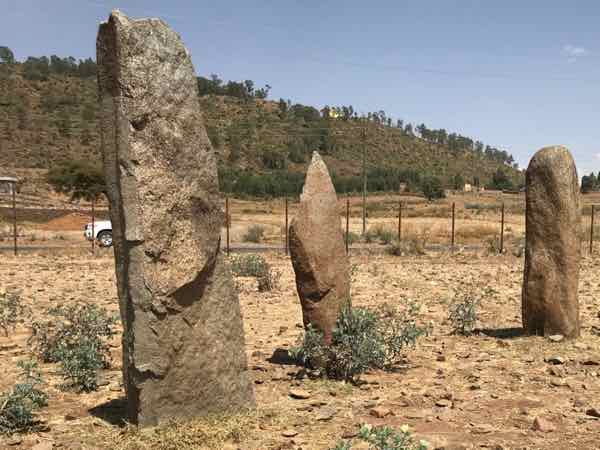
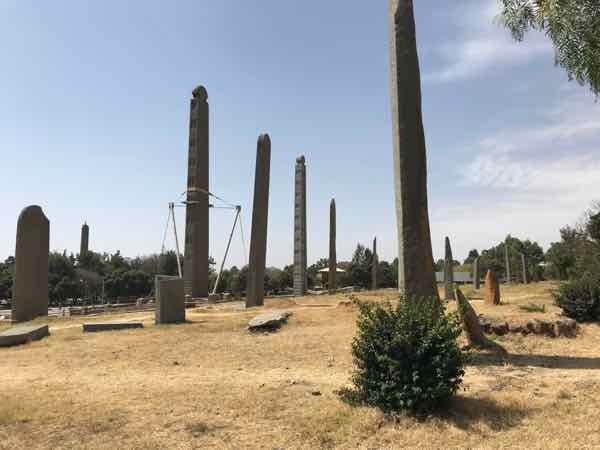
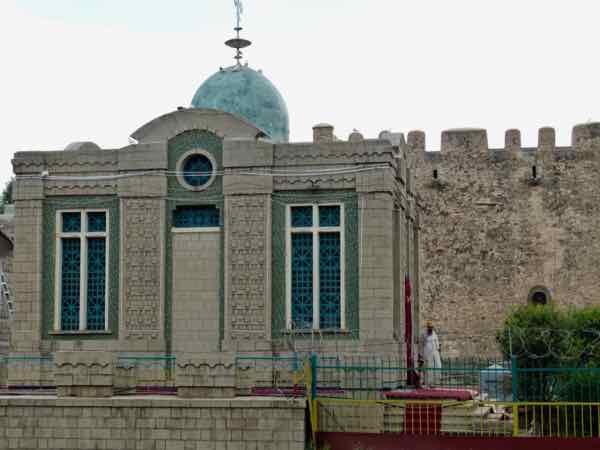
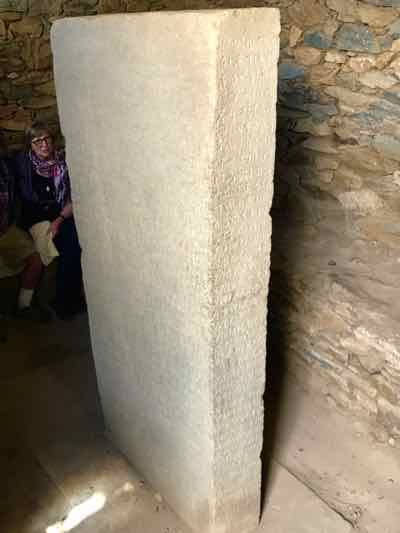
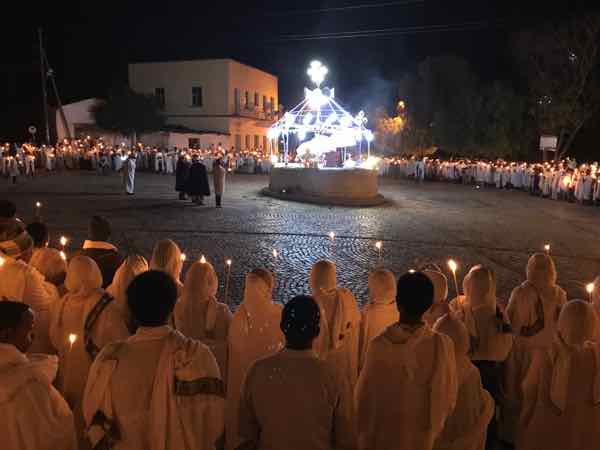


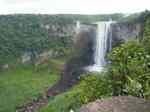

New! Comments
Have your say about what you just read! Did it help with your travel planning and preparation? Eager to leave on that next vacation? Please leave your tips or comments in the box below.